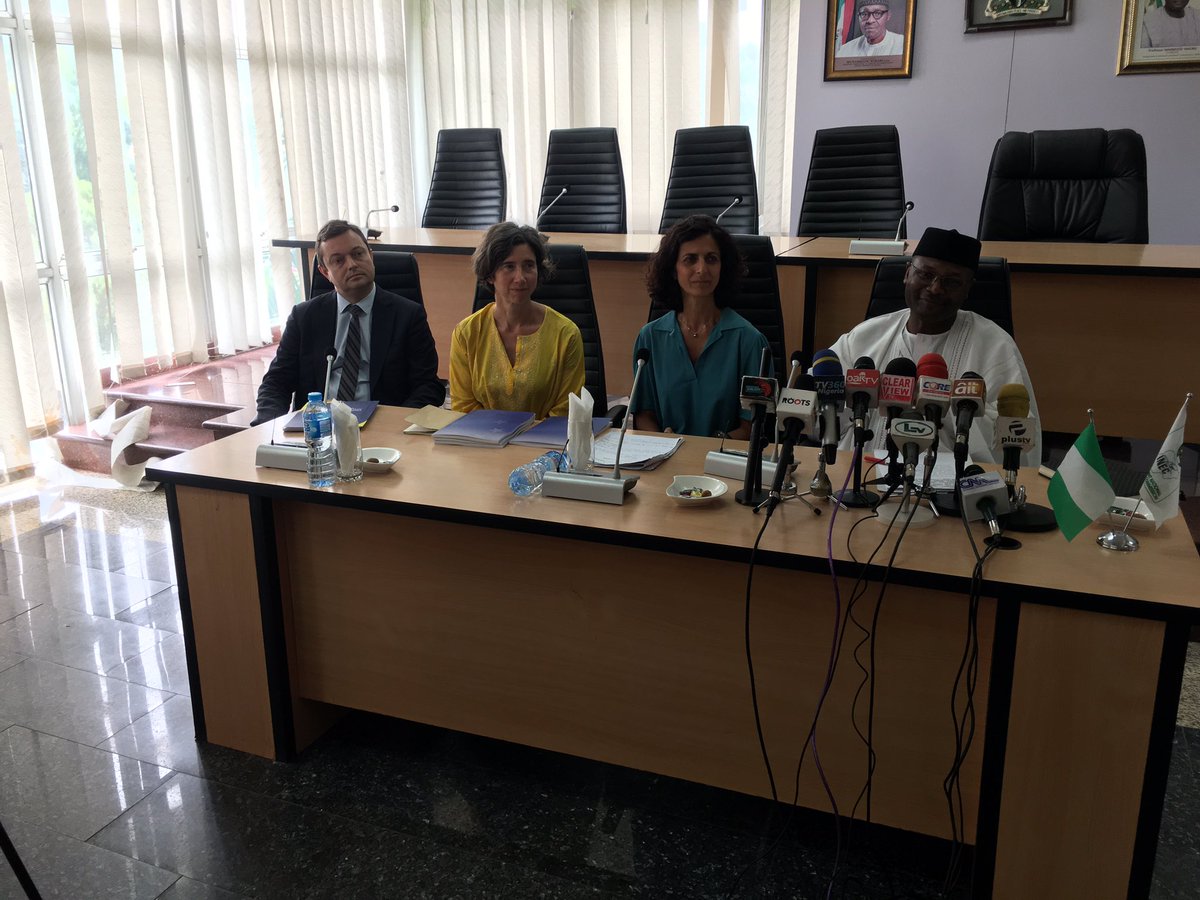Within the next 24 hours, over one million people will contract sexually transmitted infections (STIs), the World Health Organisation (WHO) statistics have revealed.
The latest figures released by WHO reveals that more than one million people get one form of sexually transmitted infections or the other every day.
The UN health agency also revealed that every year, there are an estimated 357 million new infections with one of four STIs: chlamydia, gonorrhoea, syphilis and trichomoniasis.
In 2016, diagnoses from around the world revealed that 127 million contracted chlamydia, while 87 million picked up gonorrhoea, syphilis had 6.3 million new patients and trichomoniasis led the pack with 156 million people infected.
Advertisement
Based on these numbers, on average, one in every 25 people globally has at least one of these STIs — chlamydia, gonorrhoea, syphilis and trichomoniasis.
More than 500 million people are estimated to have genital infection with herpes simplex virus (HSV) with more than 290 million women with human papillomavirus (HPV) infection.
Majority of STIs, also known as sexually transmitted disease (STDs) have no symptoms or only mild symptoms that may not be recognized as an STI.
Advertisement
STI can be spread via Oral sex
WHO adds that STDs or STIs are spread predominantly via unprotected sex, including vaginal, anal and oral sex.
However, some STIs can also be spread through non-sexual means such as via blood or blood products.
Many STIs — including, syphilis, hepatitis B, HIV, chlamydia, gonorrhoea, herpes, and HPV—can also be transmitted from mother to child during pregnancy and childbirth.
WHO: 200,000 neonates died from STIs in 2016
Sexually transmitted diseases claim lots of lives every year, including neonatal death to the tune of 200,000 neonates in 2016. Neonates are children one month or younger.
Advertisement
It also leads to low-birth-weight and prematurity, sepsis, pneumonia, neonatal conjunctivitis, and congenital deformities.
Approximately 1 million pregnant women were estimated to have active syphilis in 2016, resulting in over 350 000 adverse birth outcomes of which 200,000 occurred as stillbirth or neonatal death.
CALM DOWN: STI CAN BE PREVENTED AND SOME TREATED
Prevention is better and cheaper than cure, the cliché goes. With STIs, prevention is not just better and cheaper, it could save 200,000 neonates and millions of adults around the world.
WHO says counselling and behavioural interventions offer primary prevention against STIs (including HIV), as well as against unintended pregnancies.
Advertisement
This includes “comprehensive sexuality education, STI and HIV pre- and post-test counselling”.
When used correctly and consistently, WHO says “condoms offer one of the most effective methods of protection against STIs, including HIV”.
Advertisement
Female condoms are also said to be “effective and safe”.
Chlamydia, gonorrhoea, syphilis and one parasitic STI (trichomoniasis) are generally curable with existing, effective single-dose regimens of antibiotics.
Advertisement
For herpes and HIV, the most effective medications available are antivirals that can modulate the course of the disease, though they cannot cure the disease.
For hepatitis B, antiviral medications can help to fight the virus and slow damage to the liver.
Advertisement
Add a comment






